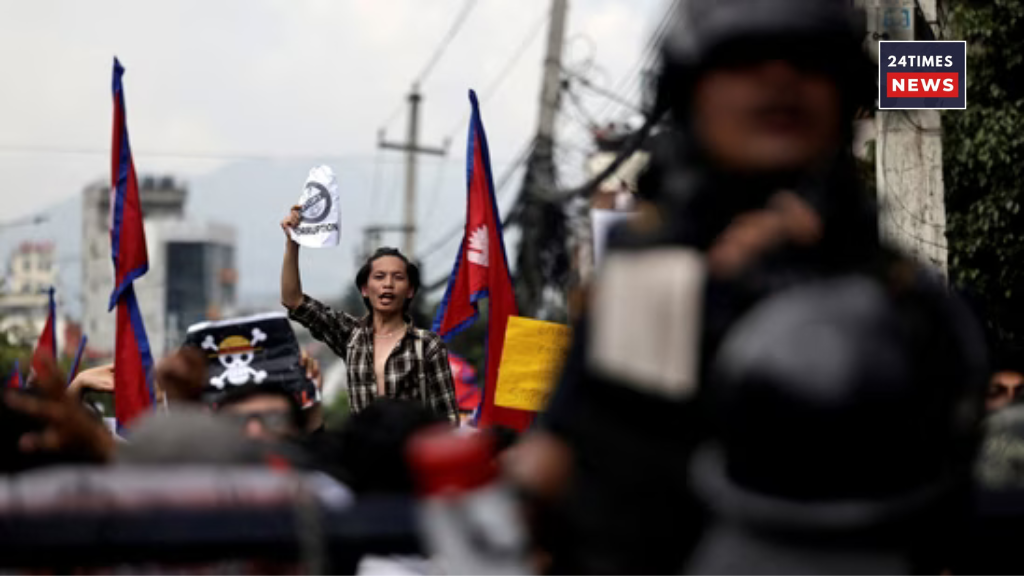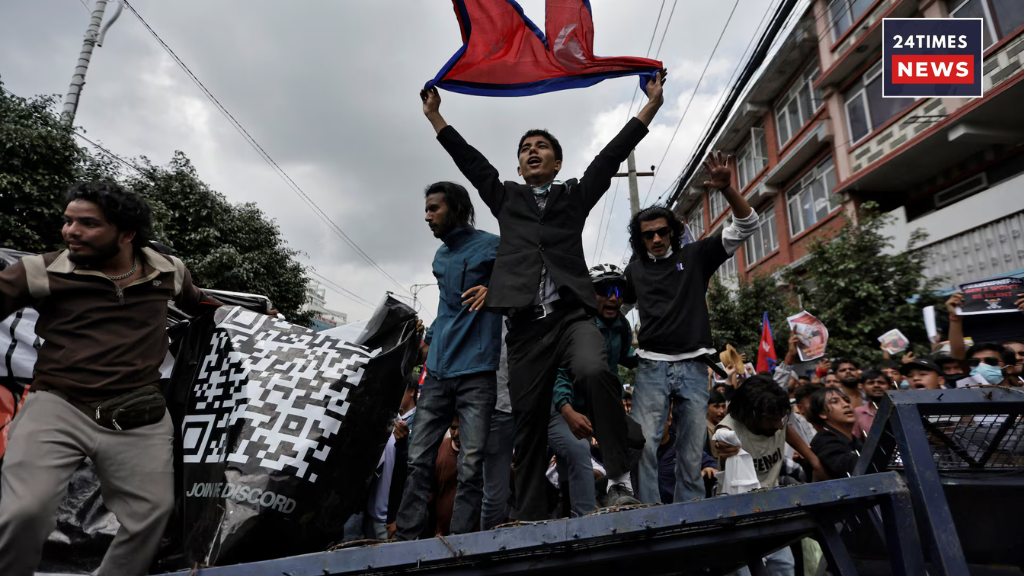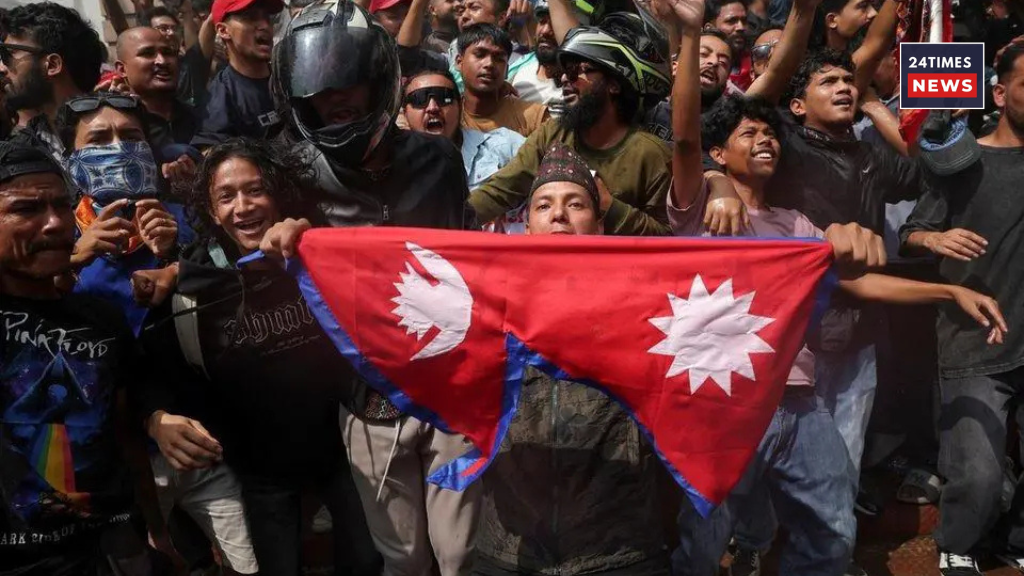Nepal’s Gen Z Turns to Bitchat
What began as a few angry Instagram posts about politicians’ children flaunting luxury vacations and designer clothes quickly escalated into one of the biggest political upheavals in Nepal’s history. Within days, Prime Minister K.P. Sharma Oli resigned, mass protests erupted, and parliament was set ablaze as young Nepalis’ anger spread like wildfire.
By evening, the army had taken to the streets. At least 19 protesters were killed in a police crackdown, and Kathmandu became the epicenter of a youth-led uprising. At the heart of it all was technology—used both as a weapon and a shield.

Using Technology to Bypass Censorship
A week before the protests began, the government banned popular apps such as Facebook and YouTube in an attempt to quell unrest. But young people refused to be silenced. Many downloaded VPNs to dodge the new firewalls, while others turned to platforms like Discord and a new app called Bitchat to stay connected.
What Is Bitchat?
Launched in July 2025 by Jack Dorsey, Bitchat is a Bluetooth-based messaging app that requires neither internet access nor mobile data. Messages remain end-to-end encrypted as they hop from phone to phone until they reach the intended recipient.
Downloads of Bitchat surged by roughly 1,400 percent—from 3,444 the previous week to nearly 48,800 nationwide after the demonstrations began. Because it links nearby devices into a mesh network, unlike WhatsApp or Telegram which rely on SIM cards or servers, protesters could communicate freely even during an internet shutdown. On Kathmandu’s crowded streets, Bitchat became the invisible thread binding the movement together.

Discord as the Virtual Town Square
While Bitchat kept protesters in contact on the ground, Discord became their online meeting hall. More than 145,000 people joined one server to debate new leadership, with some even proposing Sushila Karki, 73, a former chief justice, as an interim prime minister.
It was a striking moment: a generation raised on memes and online gaming was now steering the nation’s politics through the same digital channels.
Digital Resistance and Hashtags
Hashtags like #NepoKids exposed the lavish lifestyles of politicians’ children compared with the struggles of ordinary Nepalis. Posts went viral, attracting tens of thousands of likes and stoking outrage across both rural and urban areas.
“This fueled the fire of long-simmering resentment at inequality and corruption,” said rights activist Sanjib Chaudhary.
Technology’s Role in Nepal’s Uprising
With more than half of Nepal’s 30 million citizens online, the revolt underscored the transformative power of digital tools. VPNs evaded censorship, Bitchat provided an underground network, Discord hosted constitutional debates, and viral hashtags amplified public anger—illustrating how technology became the engine of a historic youth-driven movement.





